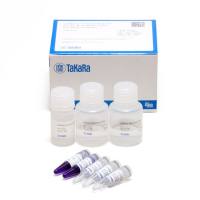The free availability of multiple genomic sequences represents one of the greatest advances in biology of the new millennium, and promises to revolutionize our ability to determine and treat the causes of human disease. This chapter highlights a number of basic, freely available, and user-friendly bioinformatic techniques that can be used to predict the functional genetic contents of specific yeast artificial chromosome (YAC) clones. The content of this chapter is written for the level of graduate students, who may be relatively inexperienced with the use of computers for analyzing DNA sequences. The basic instructions that allow the identification of the genomic sequence of interest and to download this sequence onto a personal computer from an online database are presented. Simple instructions are also given on how to perform basic sequence manipulations, how to use online tools to design polymerase chain reaction primers, and how to map restriction sites. Also described are more complicated programs that rapidly and efficiently perform genome alignments that, in addition to predicting the location of protein coding sequences, allow the prediction of functional genomic sequences, such as cis regulatory elements and scaffold/matrix attachment sites. The availability of genomic sequences and the rapidly expanding numbers of predictive programs that allow the predictive analysis of these sequences promises to greatly facilitate the use of YAC clones in the search for the causes of disease.


![四[N-邻苯二甲酰-(S)-叔亮氨酸基]二铑双(乙酸乙酯)加合物;154090-43-4;Elemental analysis(Nitrogen) 3.30 to 4.50 %;V66234-25mg](https://img1.dxycdn.com/p/s14/2025/1029/004/8672158669127143891.jpg!wh200)



